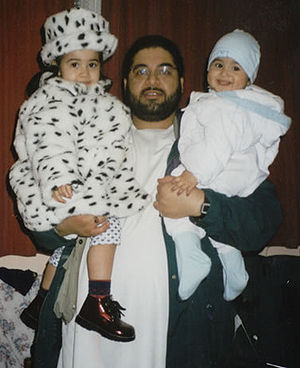Margaret Thatcher’s death reminded many of her more outrageous policies, including the failure to constructively deal with prison-based protests, like hunger strikes. In Northern Ireland’s Long Kesh prison, also known as the Maze, ten men who belonged to the Irish Republican Army and Irish National Liberation Army went on hunger strike and died in 1981, to protest their change of status from political to common prisoners.
One of them was Bobby Sands, who from prison ran for and won a seat in the House of Commons. Sands lasted 66 days; the fellow prisoner who lasted longest was Kieran Doherty at 73 days. The hunger strike remains a highly contested and fraught piece of Ulster history, celebrated by one side and vilified by the other. But what no one disputes is that it was a turning point in the conflict, helping to launch the IRA onto the path of electoral politics and forever tarnishing Thatcher’s record.
What will the ongoing hunger strike at Guantánamo mean for the United States? Propublica recently published an update that is chilling. Over half of the 166 men still detained there are on hunger strike. Many of them have already been cleared to be transfered to their own or a third country, having been found to pose no danger to the United States. Of course, there are dangerous men kept prisoner, among them Khalid Sheikh Mohammed and four others accused of plotting the 9/11 attacks.
But most had nothing to do with 9/11 or other terror attacks. They are innocent.
Several of the men who are refusing to eat have been on strike longer than any of the Irish strikers. They may be surviving because the authorities are force-feeding them, against their wishes and international law.
As has been widely reported many of those picked up, tortured and sent to Guantanámo were the victims of bounty hunters, were in the wrong place at the wrong time or were associated with the Taliban and not involved in 9/11 or attacks on the US.
Since the identity of the hunger strikers has not been released, it’s not clear who is protesting. However, Carol Rosenberg of the Miami Herald says she has been told that the 9/11 defendants and the rest of the 16 “high-value” detainees, who were brought to the island from the CIA’s black-site prisons, are not participating in the hunger strike. They are held in a separate, secret section of the camp.
So who is striking? Men like Shaker Aamer, who was tortured, accused without evidence and then denied the ability to defend himself or even get in front of a judge. According to his lawyer, Clive Stafford Smith, Aamer has been outspoken about the injustices of Guantánamo and is “definitely viewed as a threat by the US. Not in the sense of being an extremist but in the sense of being someone who can rather eloquently criticise the nightmare that happened there.”
Some detainees can’t be released to their home countries, since they would face abuse or even death there. As the panelists on a recent Diane Rehm show noted, there are serious issues involved that need to be untangled.
But seriousness cannot be an obstacle to justice. President Obama is no Margaret Thatcher, but the rank injustice that now is status quo at Guantánamo can’t continue. Men who the US knows had no involvement in attacks on the United States need to be released and given the means to recover from their wrongful imprisonment and once again be allowed to live their lives.
It’s only fair.
Related articles








